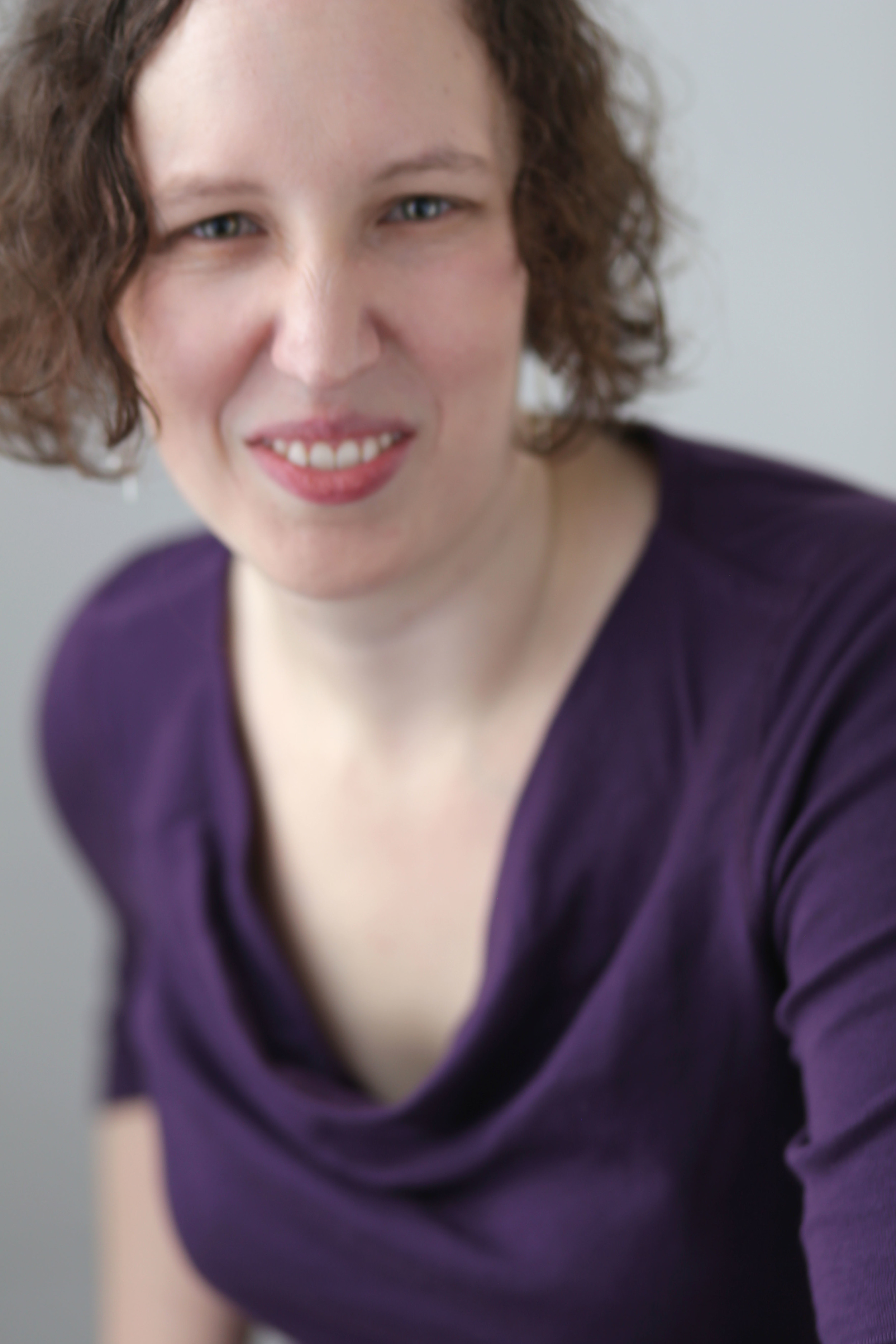If you have never heard of Brené Brown, you are seriously missing out. She's a social worker who started doing research into how women experience shame, and quickly moved on to how people are willing to experience vulnerability or not, and what makes it so scary and so helpful at the same time. For an introduction to what it means to be vulnerable and how to get there, check out "The Gifts of Imperfection". For an empowerment boost on using what vulnerability you already have access to, check out "Daring Greatly".
Alternatively, for a quick primer on her work, check out her UNBELIEVABLY popular TED talk. We're talking over-21,600,000-views popular.
I recently starting reading Brené's newest book, "Rising Strong". Think of the last time you got a strange look from a coworker you have a complicated relationship with, or your significant other said something that rubbed you the wrong way. Remember the story you started spinning in your head automatically about what that look meant, or what your S.O. said? Chances are pretty good that you listened to that story and confronted the other person. "Rising Strong" is about finding a cleaner path out of that interaction, by observing your emotional reaction, determining if has anything to do with reality, and choosing how you respond to the original potential problem.
Or, as Brené puts it in the book's introduction...
“My goal for this book is to slow down all the falling and rising processes: to bring into our awareness all the choices that unfurl in front of us during those moments of discomfort and hurt, and to explore the consequences of those choices.”
Immediately upon reading that, my first thought was, "That sounds like Feldenkrais!"
Here's a quote from one of Moshe Feldenkrais' more accessible books, "Awareness Through Movement" (English was not his first language and most of his books are extremely dense)...
“Each one of us speaks, moves, thinks, and feels in a different way, each according to the image of himself that he has built up over the years. In order to change our mode of action we must change the image of ourselves that we carry within us. What is involved here, of course, is a change in the dynamics of our reactions, and not the mere replacing of one action for another. Such a change involves not only a change in our self-image, but a change in the nature of our motivations, and the mobilization of all the parts of the body concerned.”
They are saying the same thing. In both physical and emotional contexts (which are never actually separate), we tell ourselves stories about who we are and how we usually behave, and in both we can slow down, examine those stories, and make choices based on what we find.
We all know what those emotional stories look like. You get that look from a coworker and think, "You're still mad at me about that meeting last week! God, why can't you let that go?!", when that person was actually having a leg cramp and it showed up on their face, having absolutely nothing to do with you. Coincidentally, one of the best ways to take a moment to examine your emotional reaction is physical - to hit the reset button by breathing.
It's not often taught that we tell physical stories as well, but we definitely do. How about that tall person who was a foot taller than the rest of their class in middle school and high school? Maybe their class caught up to their height, maybe they didn't, but that person still carries the story that they are too tall and always shrinks themselves or hunches a little. Can that person reach their full height in their day-to-day life and still feel like the same person? What if they could? Imagine how much more physically comfortable they would be, allowing their spine to be long and unencumbered.
A more extreme example of a physical story comes from a woman who came to see me last summer. For 20 years, she had a hand and voice tremor. She knew it was psychosomatic, she knew it was stress related, and she knew she had to change her internal story around her hand to let it go. 20 years ago, she was in architecture school, an incredibly stressful place, and that's when the tremor started. The stress of school had entered her hand and took up residence there, rendering her hand fairly useless, and 20 years later, it was still there. We only worked together briefly, but we got the opportunity to look at her story around her hand and ask, what would it be like to actually rest her hand? What would it mean to rest her hand, and to move on from that stressful period of her life?
If you're curious about exploring the idea of physical stories more, let me know! Awareness Through Movement classes are especially excellent for it, because as you go through potentially very challenging movements, it is up to you to self-regulate with breaks, use your breath to your advantage, and (for some people, not all) find your way through the occasional panic attack. Take your time with the place where emotional and physical stories meet. It can be a very charged one.
